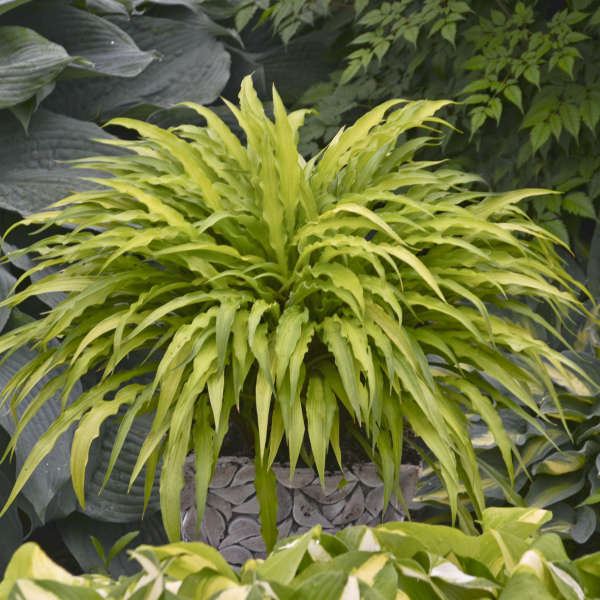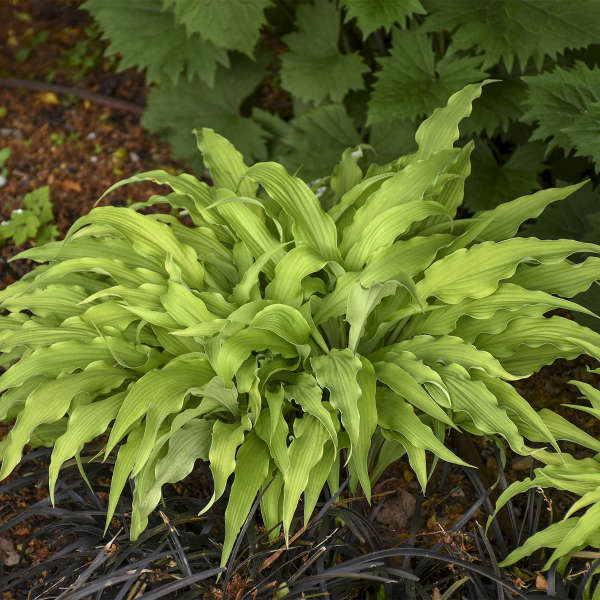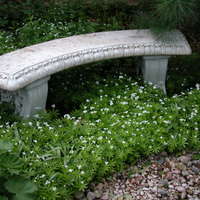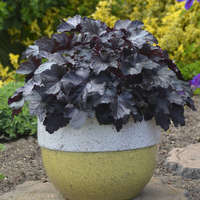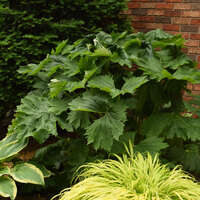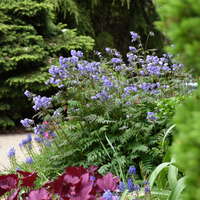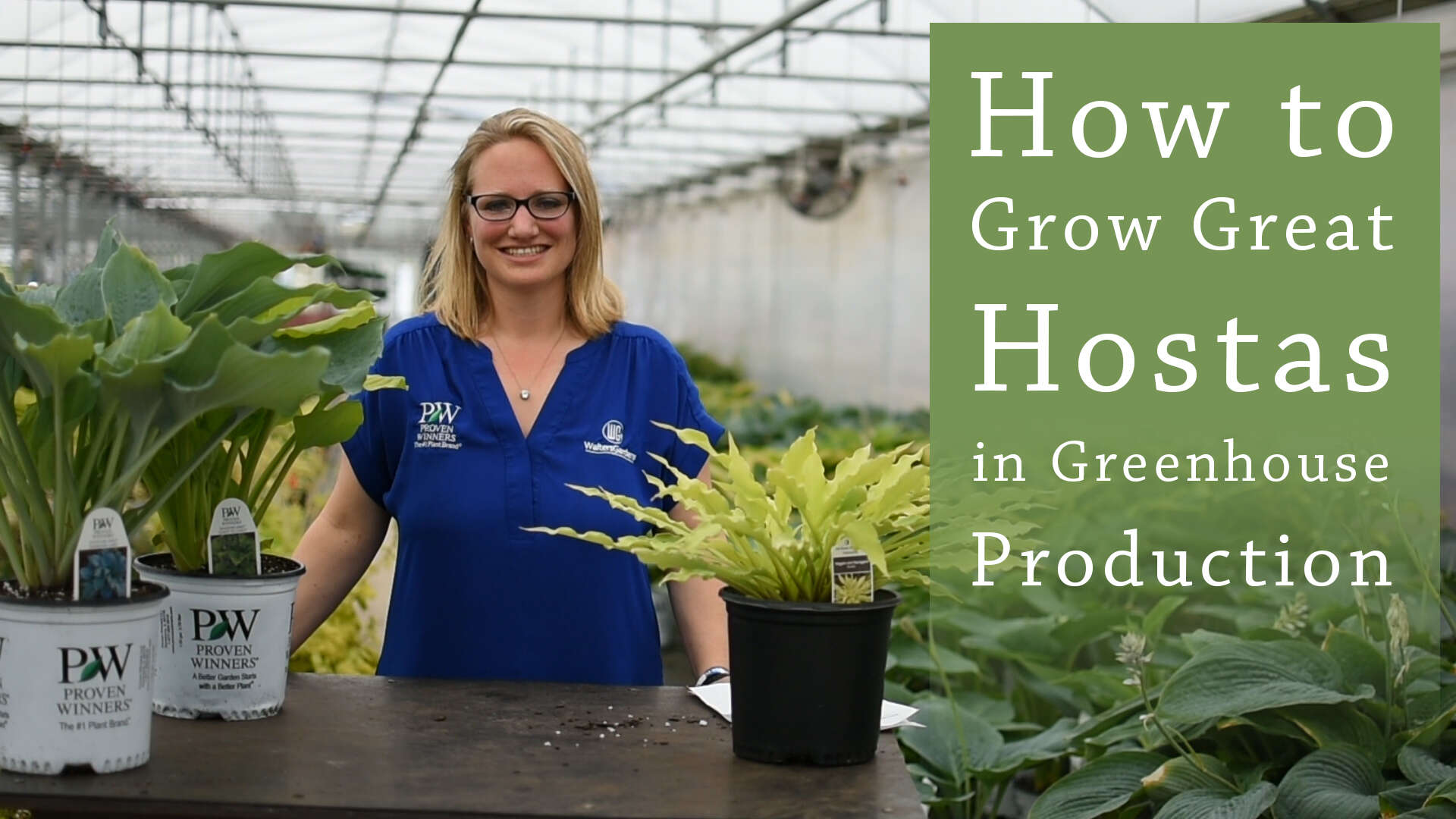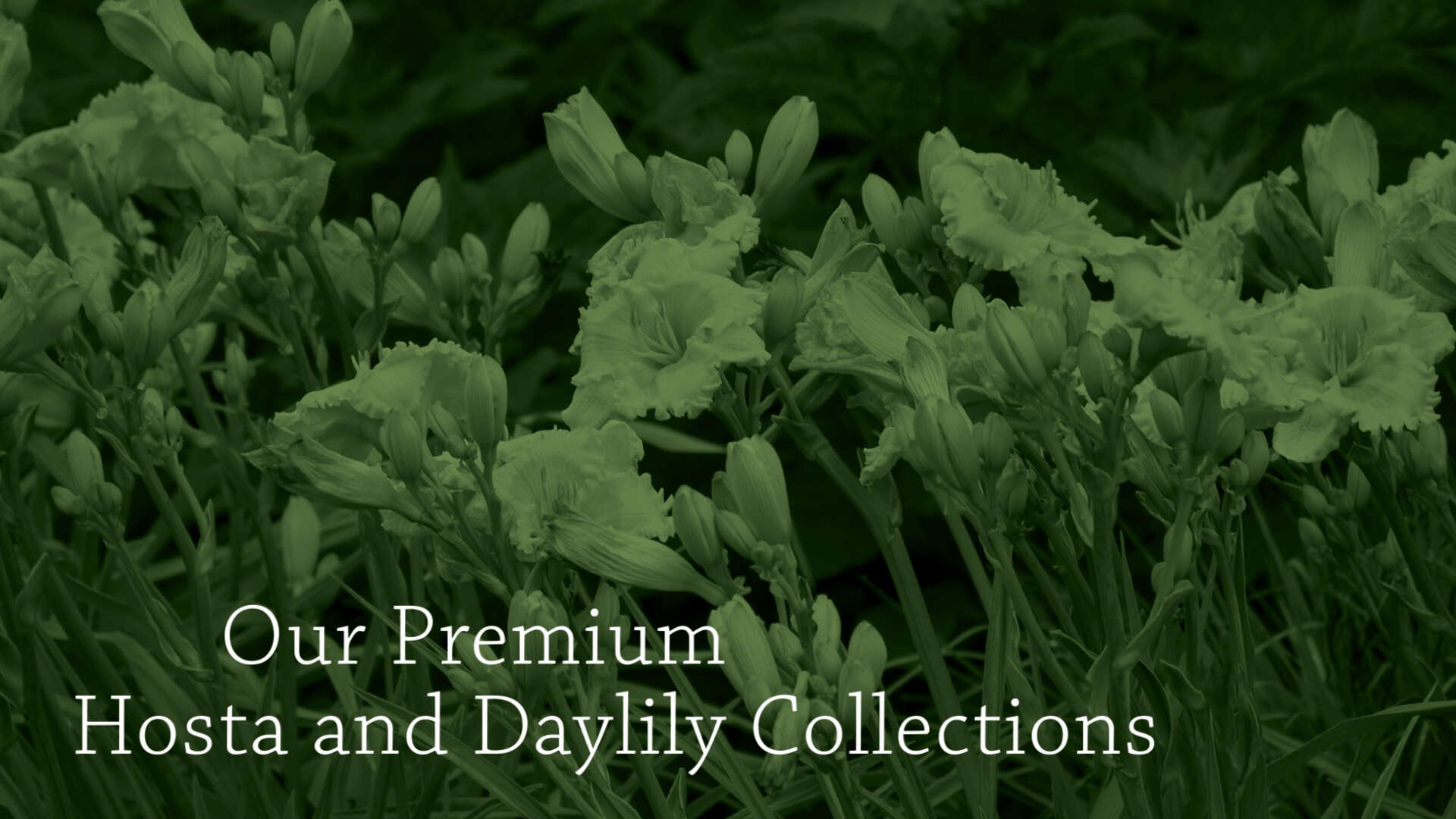Hosta 'Curly Fries'

Common Name: Hosta
Want fries with your order? This irresistible miniature to small sized hosta is the perfect accompaniment for bright blue hostas like ‘Prairie Sky’, especially when planted together in containers or near the front of the border. It forms an arching, wiggly clump of extremely rippled, narrow leaves. Position this hosta where it will receive morning sun, as its chartreuse foliage will be brightest there. Mature plants will develop red speckled petioles. Lavender flowers top the clump in midsummer.
Hostas are exceedingly popular perennials in today's gardens due to their versatility in the landscape. Their subtle colors, tall flower scapes, and broad, coarse leaves fill a niche in garden designs that few other plants can achieve. Their large leaves provide excellent coverage for dying bulb foliage. Hostas also grow well in city environments where the air may be polluted by car exhaust, etc.
Premium Hostas
This premium hosta variety is part of a group of the finest hostas available today. To be considered a premium hosta, plants must perform superbly in many zones. They must also exhibit exemplary garden presence and performance, have a long season of appeal in the landscape, have leaves of good substance, and demonstrate a greater resistance to common garden pests.
